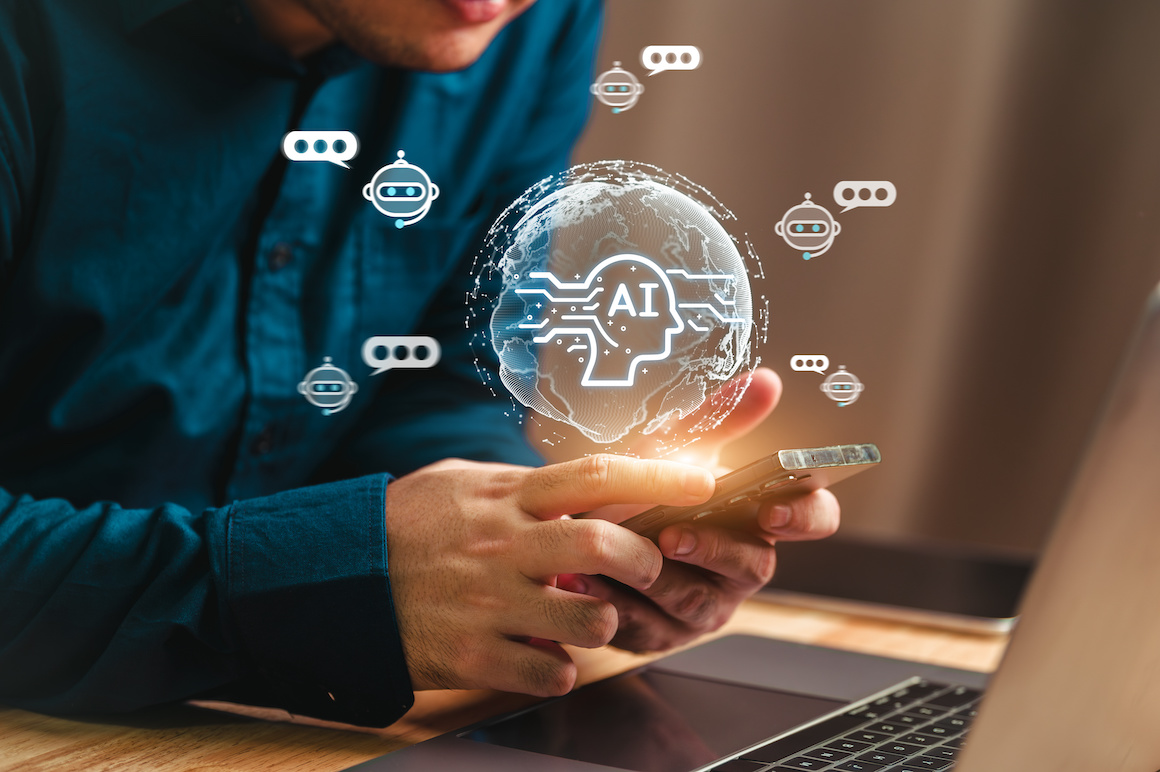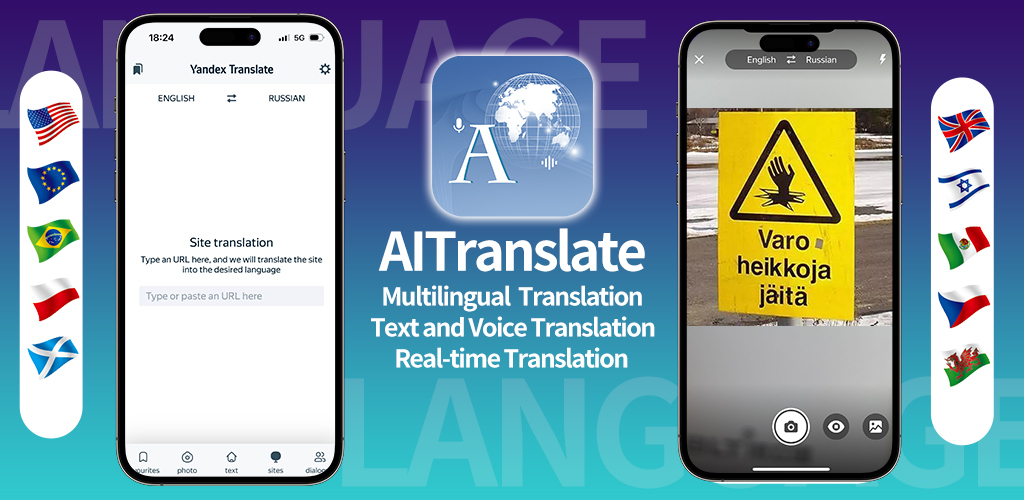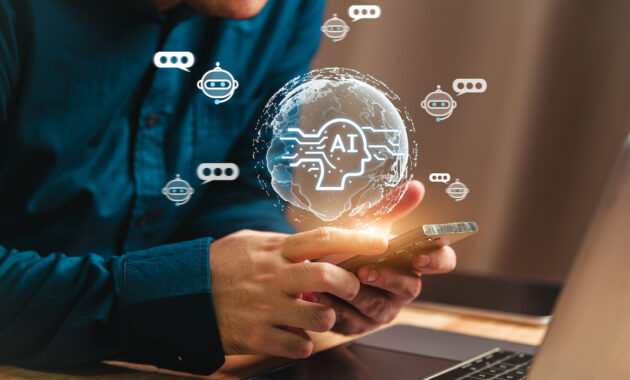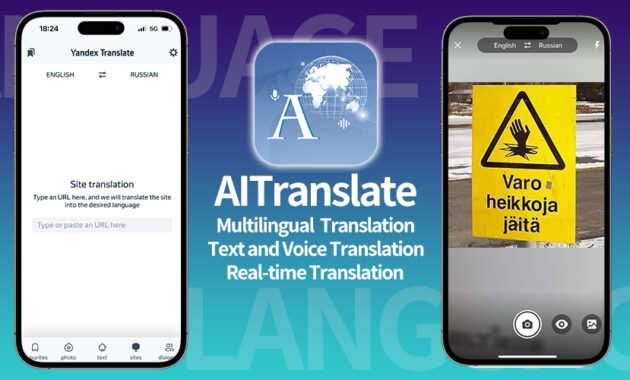Best AI Chatbot Apps Available on Google Play US opens a gateway into the dynamic landscape of artificial intelligence, where innovative chatbot applications are transforming the way users interact with technology. These apps not only streamline communication but also enhance customer service experiences across various sectors, making them an invaluable tool in today’s digital arena. As the demand for seamless interactions grows, understanding the capabilities and offerings of these AI chatbot apps is essential for both users and developers alike.
In this exploration, we will delve into the various features, functionalities, and user experiences that define the best AI chatbot applications currently available in the Google Play Store in the United States. Such insights will shed light on the evolution of AI chatbots and their increasing relevance in personal and professional communication, highlighting the unique advantages they offer to users.
The 21st century has marked a significant transformation in the way societies function, driven largely by technological advancements and globalization. This article aims to explore the multifaceted impacts of these changes on various aspects of human life, including communication, education, healthcare, and interpersonal relationships. As we delve into these topics, it is crucial to consider both the positive and negative implications, creating a balanced view of our evolving world.One of the most profound changes in modern society is the transformation in communication.
The advent of the internet and mobile technology has revolutionized how individuals connect and interact. Social media platforms like Facebook, Twitter, and Instagram have created virtual spaces where people can share their thoughts, experiences, and emotions with a global audience. According to the Pew Research Center, around 69% of adults in the United States use at least one social media site, indicating the pervasive nature of digital communication.However, while these platforms have facilitated greater connectivity, they have also introduced challenges.
Cyberbullying, misinformation, and a decline in face-to-face interactions are notable adverse effects. The rise of echo chambers—where individuals only interact with like-minded people—has led to increased polarization in public discourse. Consequently, the balance between the benefits and drawbacks of digital communication remains a contentious topic, requiring ongoing research and dialogue.In the realm of education, technology has also played a transformative role.

Online learning platforms, such as Coursera and Khan Academy, have democratized access to knowledge, allowing students from diverse backgrounds to pursue education at their own pace. The COVID-19 pandemic accelerated the adoption of remote learning, demonstrating the potential of technology to deliver education beyond traditional classroom settings. According to a report by the World Economic Forum, online education could generate up to $300 billion in revenue by 2025.Nonetheless, the shift to online education has exposed significant disparities in access to technology.
Students from low-income families often lack the necessary devices and reliable internet connections, resulting in a digital divide that exacerbates existing inequalities. Moreover, the effectiveness of online education remains in question, as many educators and students report challenges related to engagement and retention. As a result, the future of education must focus on integrating technology while ensuring equitable access and opportunities for all learners.Healthcare has also experienced a seismic shift due to technological advancements.
The introduction of telemedicine has allowed patients to consult healthcare professionals remotely, improving access to care for individuals in rural or underserved areas. A study by the American Medical Association found that telehealth visits increased by 154% in 2020 compared to the previous year, highlighting the growing acceptance of remote healthcare services.However, the rapid integration of technology into healthcare also raises concerns about privacy and security.
The use of electronic health records and telemedicine platforms necessitates robust cybersecurity measures to protect sensitive patient information from breaches. Furthermore, the reliance on technology may inadvertently depersonalize patient interactions, as clinicians may prioritize efficiency over empathetic communication.Interpersonal relationships have also been significantly influenced by the digital age. The ability to connect with others instantaneously has transformed dating, friendships, and family dynamics.
Online dating platforms like Tinder and Bumble have altered the landscape of romantic relationships, providing individuals with a broader pool of potential partners. According to a study published in the journal “Proceedings of the National Academy of Sciences,” nearly 40% of heterosexual couples and 65% of same-sex couples in the U.S. met online.While the proliferation of online dating has expanded opportunities for connection, it has also introduced challenges related to authenticity and emotional intimacy.
The curated nature of online profiles often leads to unrealistic expectations and, in some cases, deceit. Additionally, excessive reliance on digital communication can hinder the development of meaningful, in-person relationships, leaving individuals feeling isolated despite their virtual connections.As we navigate the complexities of the digital landscape, it is essential to consider the implications for mental health. The rise of social media has been linked to increased rates of anxiety and depression, particularly among young people.
A study published in “JAMA Psychiatry” found that higher levels of social media use correlate with feelings of social isolation and dissatisfaction. As such, it is crucial for individuals to cultivate a healthy relationship with technology, balancing online interactions with real-world connections.In conclusion, the transformative effects of technology and globalization on communication, education, healthcare, and interpersonal relationships are profound and multifaceted.
While these advancements offer numerous benefits, they also present significant challenges that must be addressed to ensure a balanced and equitable future. As society continues to evolve, ongoing research and dialogue will be essential in navigating these changes, fostering an environment where technology enhances rather than detracts from the quality of human life. The responsibility lies not just with individuals but also with policymakers, educators, and technology developers to create a future where technology serves as a tool for empowerment, connection, and growth.







